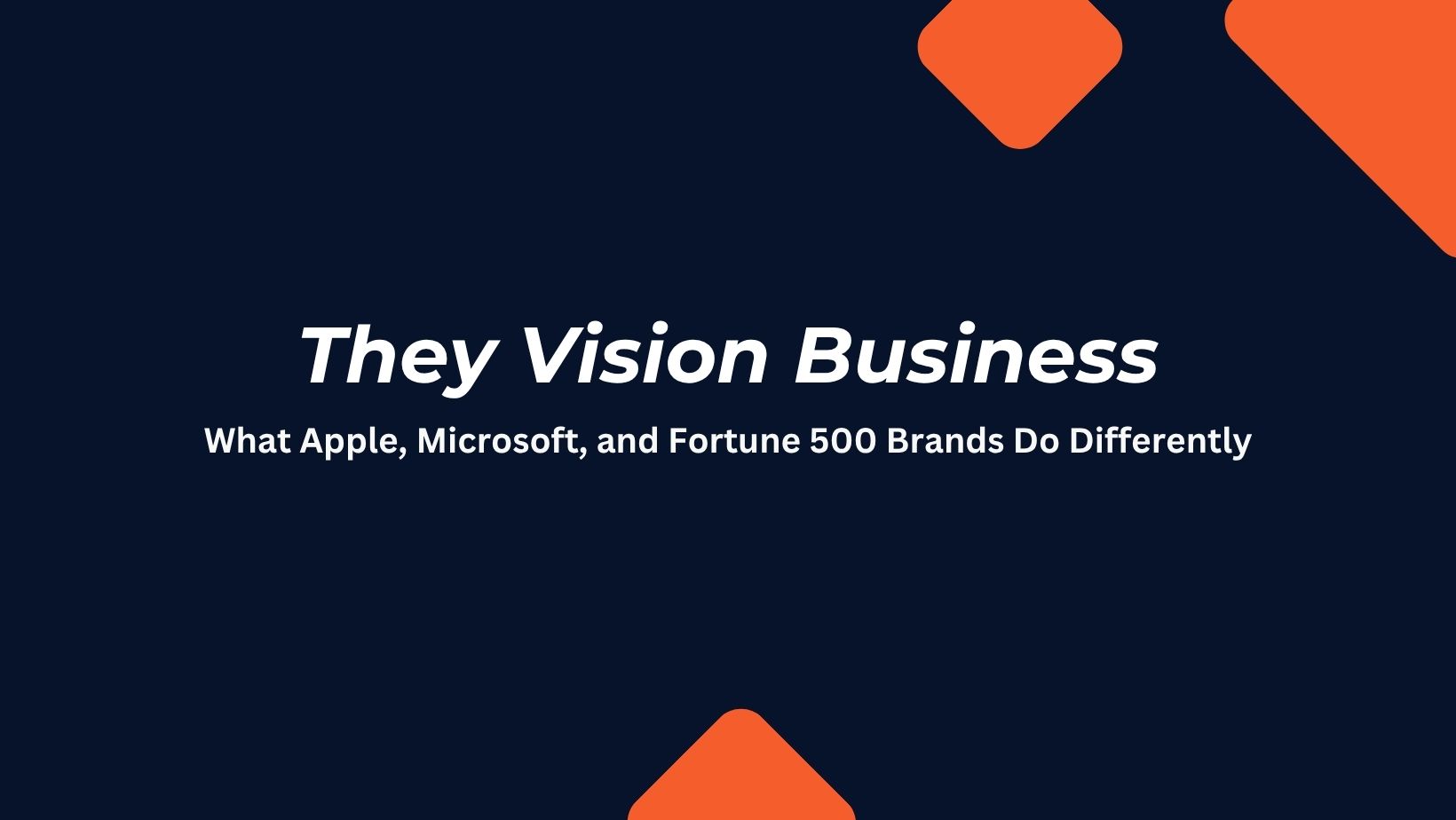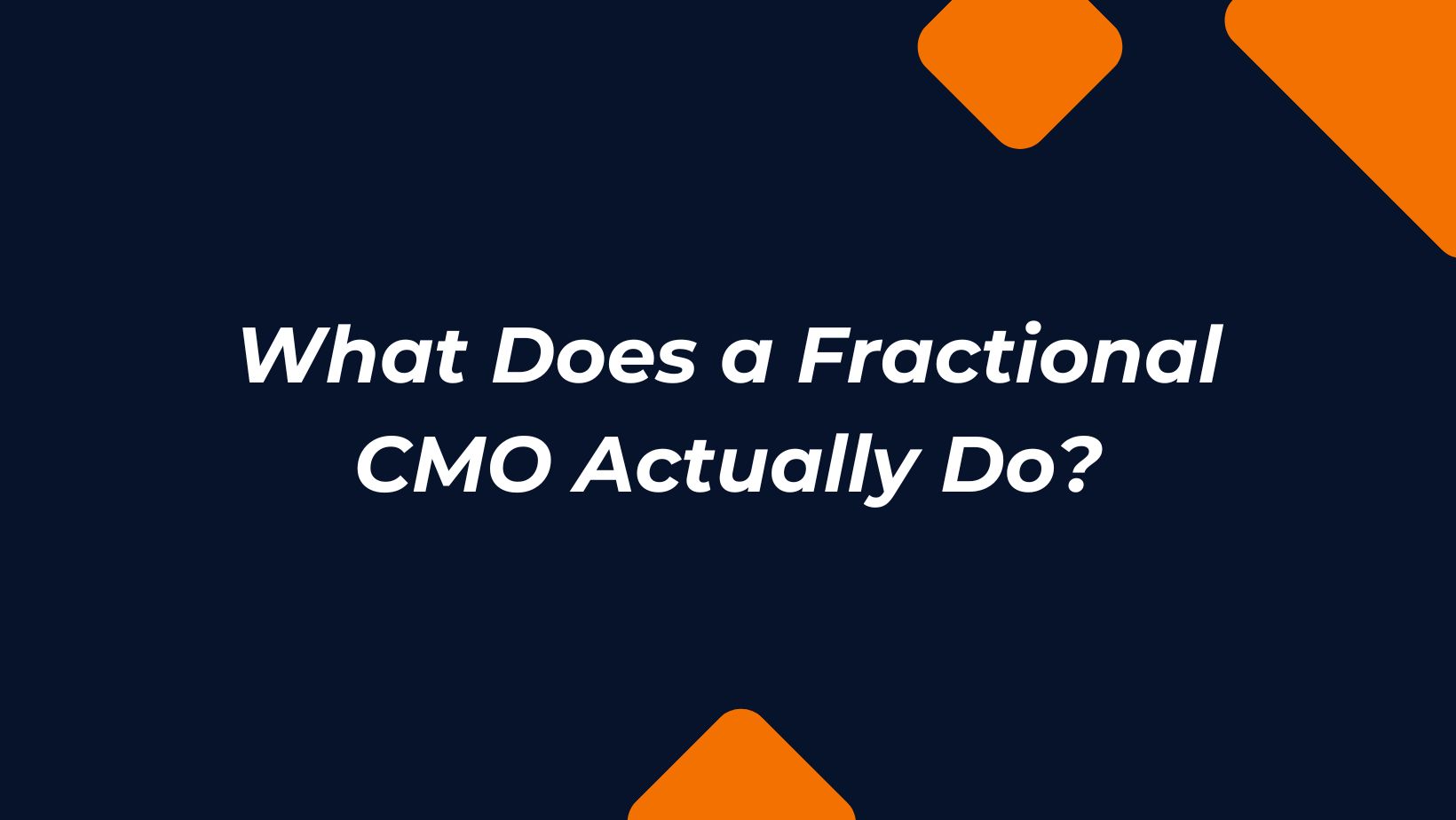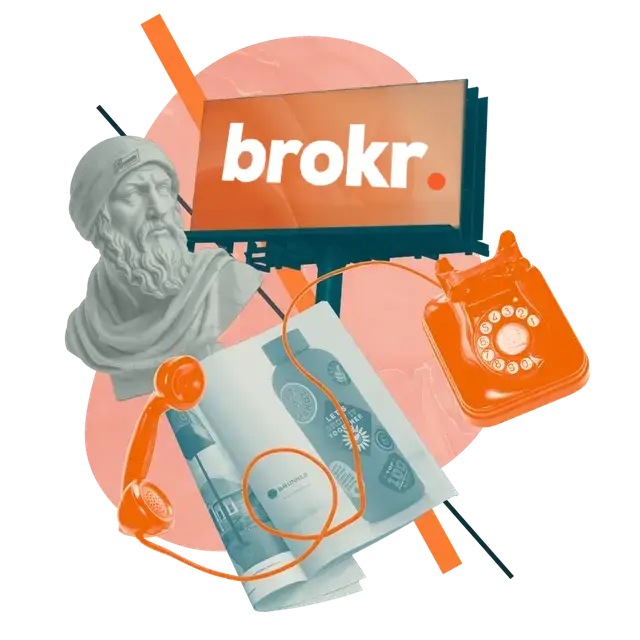Have experience marketing for Apple, Microsoft, or a Fortune 500 company? Then you’ve seen it firsthand: these companies don’t just run businesses—they vision them.
This distinction is subtle but powerful. While traditional small businesses tend to focus on daily operations—managing payroll, fulfilling orders, responding to customer issues—enterprise-level brands operate with a different mindset. They move beyond managing the business to imagining what the business could be. Vision isn’t a buzzword for them; it’s infrastructure.
So, what exactly do these giants do differently? And what can small businesses learn from them without needing billion-dollar budgets?
1. The Vision Gap: Operation vs. Imagination
Most small businesses are built for survival. And understandably so. When you’re managing cash flow, juggling roles, and wearing ten hats, the idea of stepping back to “vision” your future may seem like a luxury. But that’s exactly what separates companies that scale from those that stall.
Apple didn’t become Apple by asking, How do we sell more computers this quarter?
They asked, What kind of world do we want to create—and how do our products fit into that future?
That’s vision. And it leads to movements, not just margins.
2. The Small Business Mindset: Short-Term Thinking
Many small businesses operate on a day-to-day or quarter-by-quarter mindset. Marketing is often reduced to tactics: a Facebook ad here, a seasonal promotion there, maybe a new website every few years. The priority? Leads. Sales. Immediate ROI.
But this short-term focus often comes at the expense of long-term value. There’s little room for experimentation, storytelling, or building emotional connections with customers because those things don’t always produce instant revenue. And when resources are scarce, “vision” feels like a luxury you can’t afford.
3. Fortune 500 Brands: Vision as a System
In contrast, companies like Apple, Microsoft, and other enterprise leaders embed vision into the DNA of the business. It’s not just about strategy. It’s about storytelling, alignment, and purpose.
-
Apple doesn’t sell tech. It sells creativity, simplicity, and status.
-
Microsoft doesn’t sell software. It sells empowerment and global scalability.
-
Nike doesn’t sell shoes. It sells identity, performance, and belonging.
These brands don’t just talk about vision. They hire for it. Design for it. Market for it. Even internal culture is shaped around it. When a team knows the why, they’re more committed to the what—and that’s what creates iconic consistency across product, messaging, and customer experience.
4. Marketing as the Strategic Engine
In Fortune 500 companies, marketing is not an afterthought or an expense. It is a growth engine. It is the driver of demand, perception, and market leadership.
Take Microsoft’s transformation under Satya Nadella. The brand went from being seen as a legacy tech giant to a cloud-driven innovation powerhouse. That wasn’t just a product shift. It was a brand shift, rooted in visionary marketing that spoke to developers, enterprises, and partners about a new future.
Or consider Apple’s Think Different campaign. It wasn’t about features. It was about identity. The message was clear: if you see the world differently, this brand is for you. That kind of storytelling doesn’t come from operations. It comes from vision.
5. What Small Businesses Can Learn Without a Billion-Dollar Budget
Vision isn’t just for companies with C-suites and stockholders. It’s for the local coffee shop, the five-person SaaS startup, the boutique agency. Here’s how to apply visionary thinking at a small scale:
-
Adopt a Brand North Star: Define what your company stands for beyond your product. What change are you trying to create in the world or your industry?
-
Create Category Leadership: Instead of competing on price or features, create your own space. Own a word. Own a feeling.
-
Build Culture Before Campaigns: Your internal culture is your brand. Visionary companies inspire their teams first, and the market follows.
-
Invest in Storytelling: Every great brand tells a consistent story. Make yours emotional, aspirational, and unforgettable.
-
Get Help From a Fractional CMO: If you’re ready to scale your strategy but not your payroll, a Fractional CMO can help you bridge the gap between vision and execution without the full-time cost.
6. Don’t Just Do Business. Vision It.
Small businesses have more tools, access, and creative power than ever before. The real difference isn’t budget. It’s belief. The belief that your business can shape culture, lead categories, and inspire movements.
So take a step back. Ask bigger questions. See beyond the spreadsheet.
Because the companies that last don’t just manage what is. They imagine what could be.





